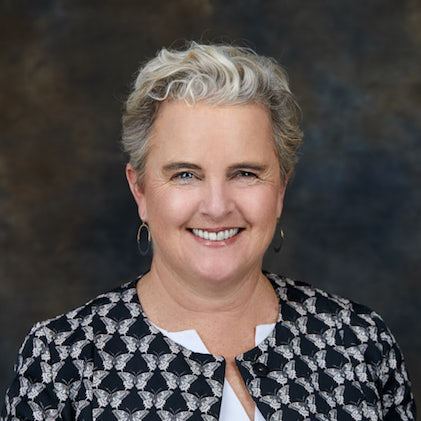
When doctors know their patients have been to the hospital, they can act fast to provide needed support. Widespread use of hospital event notifications is associated with all kinds of health benefits, including a 10 percent decrease in readmissions for Medicare beneficiaries. These event notifications are one of the simplest, easiest (most-bipartisan!), and most impactful changes we can make to improve patient outcomes in U.S. healthcare.
To this goal, the Centers for Medicare and Medicaid Services (CMS) released new regulations in March that will require hospitals to share event notifications with community providers when a patient is admitted, discharged, or transferred (ADT). Hospitals have to comply by May 2021 if they want to keep getting paid by Medicare and Medicaid.
This policy will improve care, reduce costs, and save lives. It’s also simple and straightforward. CMS explains, “Lack of seamless data exchange in healthcare has historically detracted from patient care, leading to poor health outcomes, and higher costs.” ADT notifications close these gaps and many healthcare organizations have been using them for years, vastly improving care for patients.
Take the Utah Health Information Network (UHIN) which has utilized ADT notifications to reduce costs and readmissions for over a decade. According to the former UHIN President and CEO, Teresa Rivera,
“This level of care coordination quite literally saves both lives and money.” She continues, “This secure and cost-effective method provides the patient’s entire medical team, regardless of where they work, with the important information they need to coordinate care. That coordination is important to reducing readmission rates, and helps health care professionals provide a better experience to patients.”
ADT notifications are a standard set of messages that most electronic health record (EHR) systems can generate with minimal set-up. In fact, in a 2019 letter from the National Association of ACOs in support of CMS’ proposal to require hospitals participating in Medicare and Medicaid to send event notifications, they expressed that new standards efforts are not needed for the successful implementation.
The authors wrote, “In numerous conversations with HIEs, other intermediaries and providers, we were unable to find a single example where a hospital was unable to send an ADT notification today due to lack of standards.”
But you wouldn’t know it if you listened to the misconceptions that are currently being spread to hospitals about this requirement. Here are five myths that I’ve encountered just this month:
Myth 1: The ADT notification policies are strict and difficult to comply with. Not true. CMS listened to feedback that Meaningful Use requirements were too regimented and promoted a “check the box” not “get it done” mentality. CMS purposely worked to keep these ADT requirements broad and non-prescriptive. Hospitals don’t need to comply with any specific technical standard. The CMS regulations released in March are final.
Myth 2: You have to connect to a nationwide network. Wrong. Hospitals can choose from a wide variety of regional and statewide health information exchange (HIE) partners. The policy requires “reasonable effort” to send notifications to providers in your community. An intermediary can be used to comply with the rule as long as it “connects to a wide range of recipients.” Unlike what some nationwide companies are saying, the regulations do not mandate out-of-state alerts.
Myth 3: The policy creates a big technical burden for hospitals. More than 99 percent of hospitals have EHR systems in place today, and most of those can produce standard ADT transactions with relatively minimal effort. While the time to activate ADT notifications varies, it can usually be done in as little as a day by a hospital IT team.
Myth 4: The timing isn’t right. It’s happening too fast. A global pandemic is exactly the moment when we need this kind of data sharing in our communities. With COVID-19, it is even more crucial that care teams are alerted promptly when a patient is seen in the emergency department or discharged from the hospital so that they can reach out and provide support. Regardless, CMS has given an additional six months of enforcement discretion for hospitals, pushing back the deadline to May 2021.
Myth 5: There’s no funding available for this work. Wrong again. In California and several other states, hospitals can take advantage of public funding to connect to regional HIEs that provide ADT notification services. There’s $50 million in funding available just in California.
This new policy is an exciting step forward for patients and providers. It gives primary care and post-acute providers crucial, needed information to improve patient care. Hospitals can meet the requirements with minimal burden using existing technologies. Patients will have a more seamless experience when they are at their most vulnerable.
In healthcare, it’s easy to assume that great impact requires great complexity. But time and again the opposite is true. So let’s bust the myths, get it done, and keep it simple.
About Claudia Williams
Claudia Williams is the CEO of Manifest MedEx. Previously the senior advisor for health technology and innovation at the White House, Claudia helped lead President Obama’s Precision Medicine Initiative. Before joining the White House, Claudia was director of health information exchange at HHS and was director of health policy and public affairs at the Markle Foundation.
